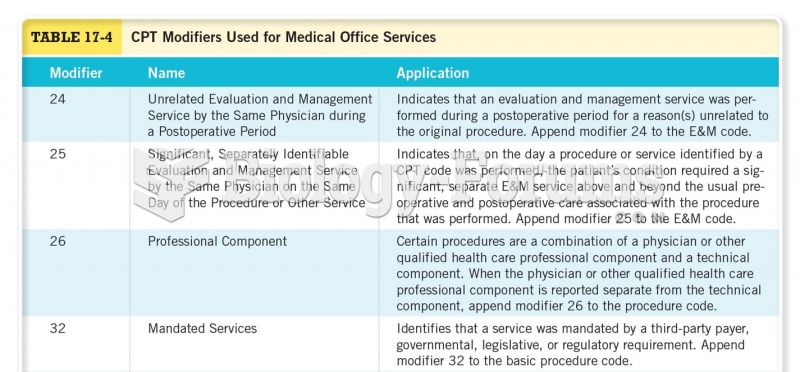|
|
|
Human kidneys will clean about 1 million gallons of blood in an average lifetime.
Anesthesia awareness is a potentially disturbing adverse effect wherein patients who have been paralyzed with muscle relaxants may awaken. They may be aware of their surroundings but unable to communicate or move. Neurologic monitoring equipment that helps to more closely check the patient's anesthesia stages is now available to avoid the occurrence of anesthesia awareness.
If all the neurons in the human body were lined up, they would stretch more than 600 miles.
There are more nerve cells in one human brain than there are stars in the Milky Way.
The strongest synthetic topical retinoid drug available, tazarotene, is used to treat sun-damaged skin, acne, and psoriasis.







